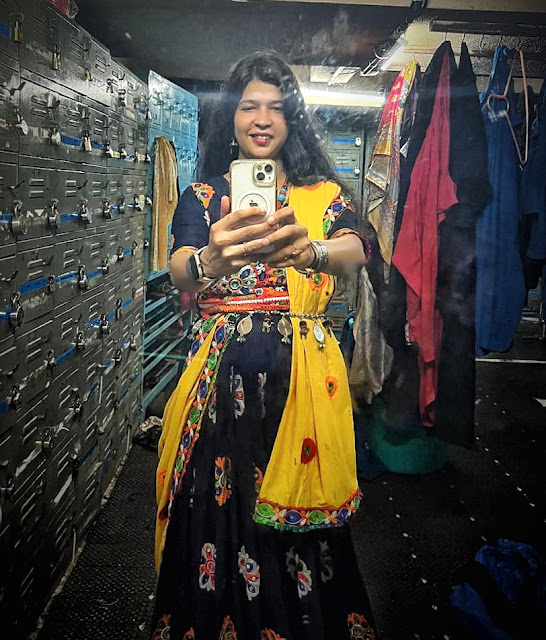Ethical Mining: A Fairytale or the Future of Diamonds? By Swapnil Shukla
Can diamonds ever be mined ethically, or is this just wishful thinking? As the diamond industry faces growing scrutiny, “ethical mining” has become a buzzword, but what does it really mean—and is it even possible? Today, we’ll delve into the world of so-called ethical mining to see if it’s a sustainable solution or just another marketing ploy.
What Exactly is Ethical Mining?
Ethical mining is about sourcing diamonds in a way that respects human rights, minimizes environmental impact, and promotes fair labor practices. The idea sounds noble, but in an industry plagued by exploitation and greed, making “ethical” claims can often feel like a stretch.
From eliminating child labor to providing fair wages and safe working conditions, ethical mining initiatives aim to uplift communities and protect ecosystems. But can the diamond industry really deliver on these promises, or are they merely scratching the surface of a much deeper problem?
The Reality Check: What ‘Ethical’ Mining Overlooks
Ethical mining is often promoted as a solution to blood diamonds, but in practice, it has significant limitations. Mining is, by nature, invasive. Digging up the Earth for diamonds causes deforestation, water pollution, and habitat destruction that harm local communities and wildlife. No matter how “ethical” it tries to be, mining is still an extractive process, leaving lasting scars on the environment.
Then there’s the issue of oversight. Even with so-called “ethical” mines, there’s a lack of transparency. Many companies lack third-party monitoring, and the supply chain can be so complex that it’s nearly impossible to verify a diamond’s ethical origin from start to finish. Are we really being sold ethically mined diamonds, or are we buying into another illusion?
The Dark Side of Ethical Mining Initiatives
Despite the feel-good labels, ethical mining projects often face substantial challenges in practice. Even well-meaning initiatives have failed to make a real impact due to corruption, lack of regulation, and limited enforcement.
Some so-called “ethical” mines still use dangerous labor practices, lack basic safety protocols, and pay shockingly low wages. The industry might label them as “ethical” simply because they don’t involve armed conflict, but the workers at these mines may still be exploited, underpaid, and left with little protection.
Greenwashing in the Diamond Industry: Are We Being Fooled?
With sustainability becoming a selling point, it’s easy for companies to slap on an “ethical” label without making any significant changes. This practice, known as greenwashing, lets brands profit from consumers’ ethical concerns without truly addressing the root problems.
The truth? The diamond industry is well-versed in turning a bad image into a marketable one, often hiding behind the ‘ethical’ tag without actually reforming harmful practices.
Can Technology Help? The Role of Blockchain and Traceability
If there’s any hope for truly ethical diamonds, it may lie in technology. Blockchain tracking is emerging as a potential solution to increase transparency, allowing consumers to trace their diamonds from mine to market. This level of traceability could help ensure that diamonds genuinely come from ethical sources and aren’t being “laundered” through less scrupulous channels.
However, implementing blockchain on a large scale requires industry-wide collaboration, which has been slow to happen. While some companies have started to adopt blockchain tracking, it’s far from the industry standard. And as long as the majority of diamond suppliers resist transparency, ethical mining will remain a distant dream.
Beyond Mining: Exploring Alternatives
If mining can never be entirely ethical, what other options do we have? As we explored in our last article, lab-grown diamonds present a powerful alternative. But even in the natural diamond world, certain companies are pushing the boundaries by supporting direct community involvement, reinvesting profits into local economies, and committing to stringent environmental standards.
These efforts offer a glimmer of hope, but they are few and far between. True ethical mining, if it can exist at all, will require the diamond industry to shift from profit-driven motives to genuine accountability—something it has historically avoided.
The Takeaway: Should We Believe in Ethical Diamonds?
Ultimately, “ethical mining” remains more of an ideal than a reality. The diamond industry has shown that it’s willing to rebrand, but real change takes more than marketing. As consumers, we need to question the stories we’re told about where our diamonds come from and push for more transparency.
What’s Next?
In our next article, we’ll dive into the other side of the coin—blood diamonds and Hollywood’s romanticization of these “precious” stones. How does media play a role in masking the diamond industry’s dark history, and why does society continue to romanticize a legacy built on suffering?
Can ethical mining ever be more than a myth? The truth is murky, but by educating ourselves, we have the power to influence change. Let’s demand more than just a shiny surface—let’s push for diamonds that truly shine without a hidden cost.
Swapnil Shukla, a pioneering jewelry designer and IGI-Certified Polished Diamond Grader, has redefined the jewelry and fashion industry by inventing the genre of Jewelry Journalism in Hindi. As India's first Jewelry Journalist, her innovative work bridges the gap between high-end jewelry trends and sustainability, making them accessible to Hindi-speaking audiences. A passionate advocate for eco-friendly practices, Swapnil has brought cultural heritage, history, and symbolism into her narratives, contributing to the preservation of indigenous jewelry traditions. Her trailblazing efforts are transforming jewelry journalism into a literary art, setting new benchmarks for responsible design and storytelling.
No part of this publication may be reproduced , stored in a retrieval system or transmitted , in any form or by any means, electronic, mechanical, photocopying, recording or otherwise, without the prior permission of the copyright owner.
Copyright infringement is never intended, if we published some of your work, and you feel we didn't credited properly, or you want us to remove it, please let us know and we'll do it immediately.






Comments
Post a Comment